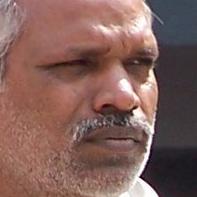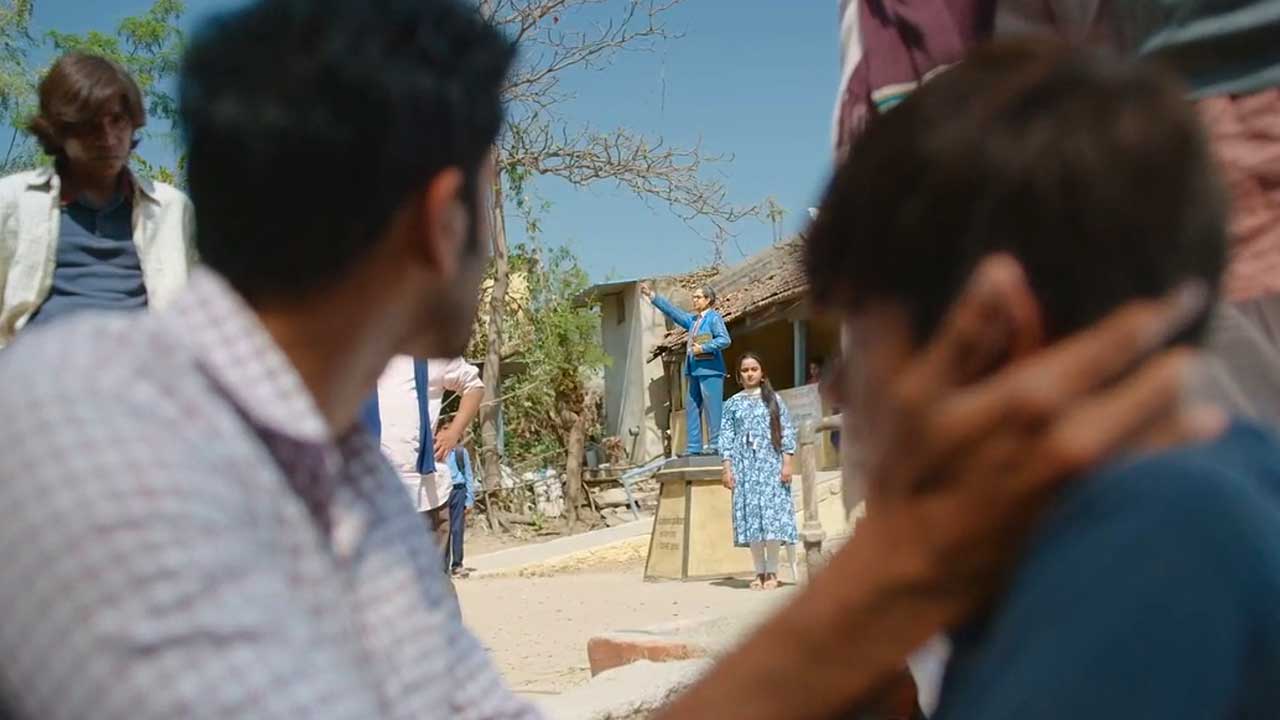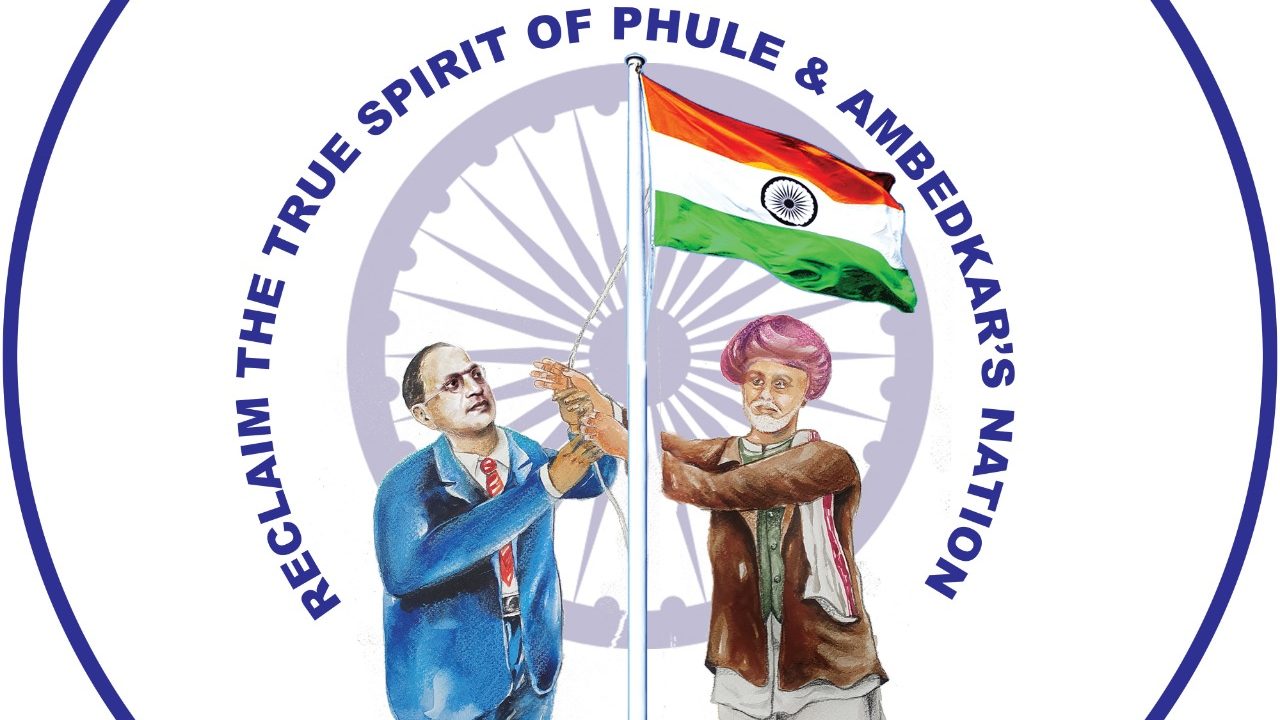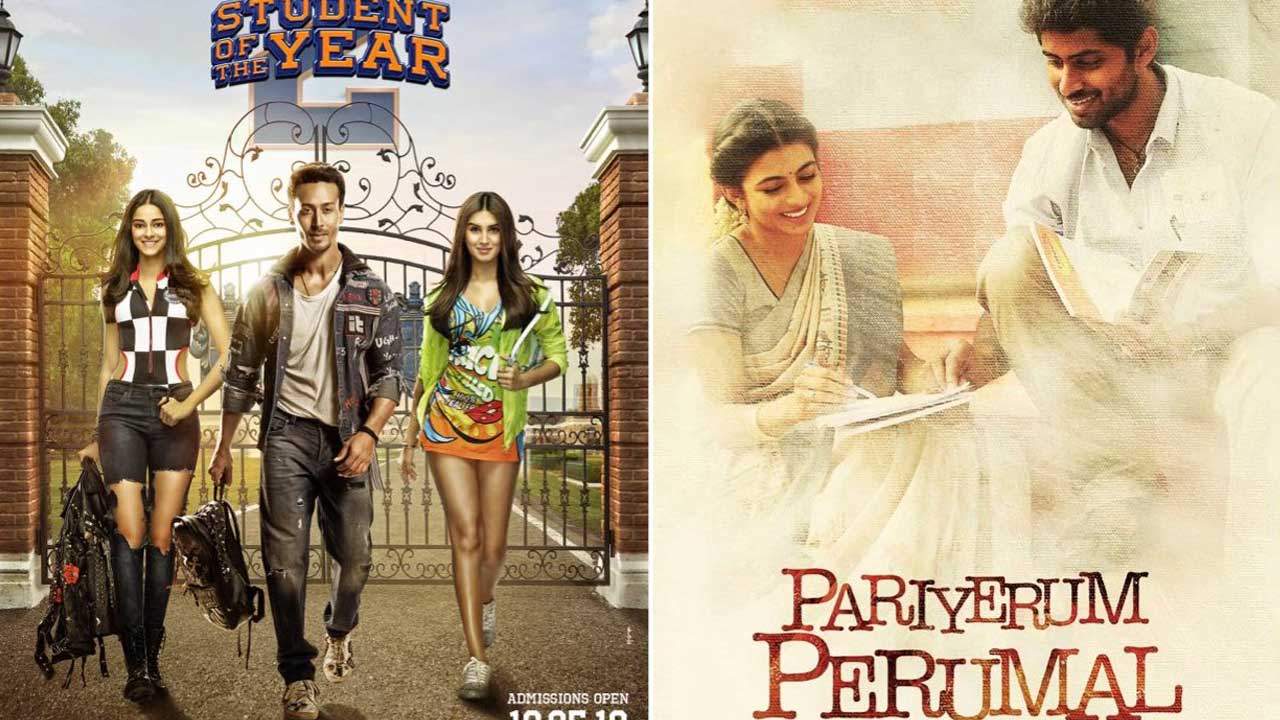
The Bollywood film Mohenjo Daro has cracked in a jiffy the riddle of the world’s oldest civilization – a riddle that scholars the world over had failed to solve for the past 100 years. The film, which will hit the theatres on 12 August, claims that Aryans were the protectors of the Harappan civilization and portrays the non-Aryans as marauding villains. The Aryan hero, who has come to Mohenjo-daro to “serve” its people, takes on the Tribal villains. This film seems to be a clumsy attempt at discrediting the widely held perception that Mohenjo-daro was destroyed in an Aryan invasion. Incidentally, even this theory has been debunked now and the almost unanimous opinion is that a natural calamity of momentous proportions must have destroyed the Indus Valley Civilization. But no hypothesis suggesting that Mohenjo-daro was an Aryan settlement enjoys even a bit of currency. Hindutvavadi intellectuals have been trying to prove that Mohenjo-daro was an Aryan civilization. These efforts intensified in the 1990s. In 1999, it was claimed that there were horses in Mohenjo-daro and that later Vedic Sanskrit was spoken there. The trailer of Mohenjo Daro reveals that it is the cinematic presentation of this Hindutvavadi concept.
The trailer of the Rs50 crore film begins with the a few lines, “You will have to reveal the truth of the past. You are the protector of Mohenjo Daro … otherwise, the coming generations will never be able to know the truth of Mohenjo Daro.” Hrithik Roshan, who essays the role of Sarman in the film, utters these lines. Sarman, who comes to Mohenjo-daro in connection with business, says, “Not people but lust and greed lives there.” While these lines are spoken, a seal containing the image of a horse etched on metal that was found in Mohenjo-daro is shown. Sarman is a farmer who grows indigo. He falls in love with Chani (Puja Hegde), a dancer in Mohenjo-daro. The trailer ends with Maham (Kabir Bedi), the villain of the film, asking Sarman “What is the difference between you and me?” Sarman answers, “You want to rule over Mohenjo Daro. I want to serve it.” One doesn’t know what the storyline of the film is but from what one can gather from the trailer, it appears that the film says that Aryans came to Mohenjo-daro in 2600 BC to serve the people and protect them. Thus Mohenjo Daro, drawing on a Hindutvavadi theory, distorts facts and the country’s history, and is an assault on Tribal community and its culture. Eulogizing the Aryans and painting the Tribals and the indigenous inhabitants as villains, the filmmaker intends to prove that the Aryans are the great protectors of this ancient land of India.
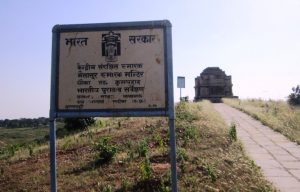
This is the first Indian film on the Harappan civilization. Obviously, the viewers would expect more than just entertainment. They would expect the film to tell them about that great civilization which remains an enigma even a century after its discovery. The skeletons, earthen utensils, seals, language and script that have been thrown up by the excavations have led to the propounding of so many different theories that no one is sure about virtually anything. The archaeologists, anthropologists, linguists and historians have yet to arrive at any definite conclusion. Whether the Aryans were aliens or indigenous inhabitants has yet to be ascertained. A definite answer will change the present and future of the Indian subcontinent beyond recognition. And that is why, the Aryans – who are influential in the country’s present power structure and who, if not Hindu fanatics, are Hindus nonetheless, are trying to establish through archaeology, history, literature, art and cinema that they are the true inheritors of the Harappan civilization.
The film’s trailer came as a shock. From laymen to historians – almost everyone reacted sharply. The organizations of Tribals and indigenous inhabitants started asking searching questions. Faced with a barrage of criticism and uncomfortable questions, the film’s producer Ashutosh Gowariker took refuge in “artistic licence”. He said he was making a film for entertainment and not chronicling history. Those who came out in his support said that Gowariker had not made a documentary on Mohenjo-daro. Gowariker’s statement came after cinema lovers and those interested in history in India and abroad accused him of trying to give a Hindutvavadi interpretation to a slice of India’s ancient history that is open to interpretation. While releasing the trailer of the film, he said that he had long been keen on making a film on the history of Indian civilization along the lines of films on the Roman and Greek civilizations. However, now, after finding himself at the centre of a raging controversy, he is insisting that the film is not about history. He has also issued a statement that says the viewers should suspend their scepticism (historical and scientific consciousness) while watching the film. Gowariker is perhaps the first filmmaker who is directing the audience to view his film with a particular historical consciousness. This is a Talibani diktat and shows how aggressive Hindutva wants mediums of art and expression to be subservient to it.

Gowariker is issuing this “fatwa” because Mohenjo Daro is based on a theory floated by two Hindutvavadi intellectuals, American engineer N.S. Rajaram and a scholar of ancient scripts Natwar Jha. The scholars the world over rejected this theory a decade ago. To prove that Harappan civilization was Aryan, Rajaram and Jha argued that there were horses in Mohenjo-daro and that its inhabitants spoke later Vedic Sanskrit. The two Hindutvavadis, in their book The Deciphered Indus Script: Methodology, Readings, Interpretations (2000), have used the “horse-seal” (Mackay 453) found in Harappan excavations to support this farce of theirs. There is unanimity among historians that the animal etched on Mackay 453 is a unicorn bull. As soon as Rajaram and Jha described it as horse, there was chorus of protests from the historians the world over. Harvard University’s Michael Witzel and Steve Farmer have proved that the duo had “computer-enhanced” the original image to convert the unicorn bull into a horse (Horse Play in Harappa, Frontline, 13 October 2000). Renowned historian Romila Thapar wrote, “Why then do Hindutva ideologues – Indian and non-Indian – keep flogging a dead horse and refuse to consider the more recent alternative theories? For them, the only alternative is that if the Aryans were not invaders, they must have been indigenous … The insistence on the indigenous origin of the Aryans allows them to maintain that the present-day Hindus are the lineal descendants of the Aryans and the inheritors of the land since the beginning of history. This then requires that the presence of the Aryans be taken back into earliest history.” (Hindutva and History, Frontline, 13 October 2000).
Talking about the film Hrithik Roshan says, “There is no historical evidence of the existence of this city. We have come to know about it only through excavations. Many different things were unearthed in these excavations and on the basis of them different theories and opinions were formulated.” When asked on what basis the most accurate opinion was selected, Hrithik said, “Ashutosh chose one the theories based on research and the opinion of archaeologists.” Gowariker repeated the same answer in his interviews. The truth is that Gowariker picked up the theory that would promote the sociopolitical agenda of aggressive Hindutva.
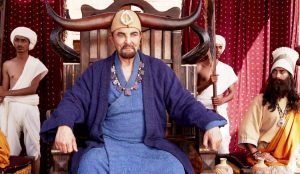
The film is in no way an accurate representation of the Harappan civilization. Neither is it an original work. Many of the scenes are straight lifts from Gladiators and Game of Throne. This thus is not only a question of Aryan and non-Aryan but also of being dishonest to history and that too to the history of the world’s oldest, non-violent and well-organized civilization. Through his film, Gowariker is reducing this great pride of humanity to merely an Aryan-Hindu civilization. The writer and director of the film claim that their film portrays the Harappan civilization and that they had researched for years before launching the project. But the film’s trailer shows that Gowariker lacks even the basic knowledge of history. The dress and get-up of characters and the art, architecture, language, music and lifestyle shown in the film are all typically medieval. The characters speak Sanskrit and Sanskritized Hindi. Since it is a Hindi film, had they used Hindi, it could have been understood. But why Sanskrit? Even the characters do not look like the inhabitants of Harappa. They seem to embody the Greco-Roman and Aryan ideas of beauty. The hero is blue-eyed and so is the villain. There are no dark-complexioned characters in the film but the villain is definitely a tribal-indigenous inhabitant. Gowariker ensures that he looks like one. The get-up of Maham is like that of the mythologized Mahishasur. Clearly, Gowariker is presenting the film version of the racial Durga-Mahishasur narrative that has been rejected by the tribal-indigenous inhabitants of the country.
After Lagaan, many had come to believe that Gowariker is a sensitive filmmaker. The truth is that Lagaan also perpetuates casteist discrimination. The Dalit character’s chief qualification is not his intellect but his “handicap”. Gowariker has so far made seven films. This is his eighth one. His first film was Pehla Nasha (1993). But fame came his way only after Lagaan (2001). Next came Jodha Akbar (2008), which was also talked about. That was the time when Hindutavavadi fanaticism was on the rise and both these films had elements of blind nationalism. Lagaan was coated with cricket – the most popular game of market economy – and the syrupy Manoj Kumar-style patriotism. Jodha Akbar was a blatant attempt to cash in on Hindu-Muslim communalism. In the film, Akbar is an unscrupulous ruler who would anything to fulfil his political aspirations and Jodha agrees to marry him only because he promises her that he would get a temple built in the Mughal palace. Gowariker’s Swadesh was infused with a similar blind nationalism. The hero Mohan Bhargava (Bhagwat), an immigrant, overwhelmed with nationalism, wants to transform India. This Mohan Bhargava is no one other than Ashutosh Gowariker himself and Mohenjo Daro makes this clear without a shred of doubt.
Gowariker is the country’s newest “historian and archaeologist” who wants to present through his films the same image of Tribals and indigenous inhabitants that was built by Vedas, Puranas and Manusmriti centuries ago. This film is a crime committed by Hinduvadi rightists against human civilization. In this 21st century, when many countries of the world are apologetic about the racial crimes they have committed against Tribal and indigenous inhabitants, Indian society continues to commit these crimes through history, literature and cinema. Dada Phalke was the progenitor of this tradition of cinematic racial crime, a better term for which would be racial massacre. A century down the line, the tradition is not only alive and kicking but is threatening to become a permanent feature.
(Mahishasur: Ek Jan Nayak (Hindi) chronicles and explains the Mahishasur movement. Visit http://www.amazon.in/dp/819325841X and get yourself a copy. English edition will be available soon)
